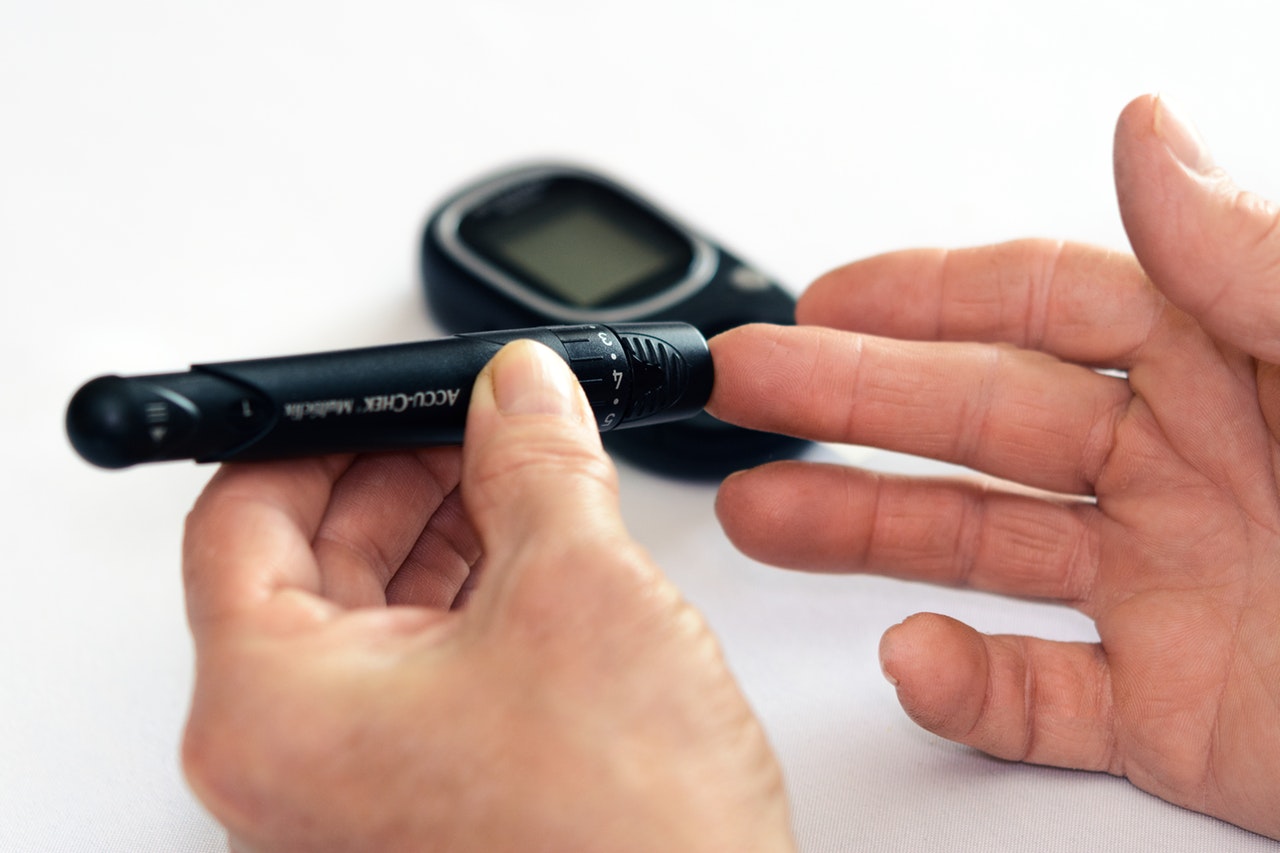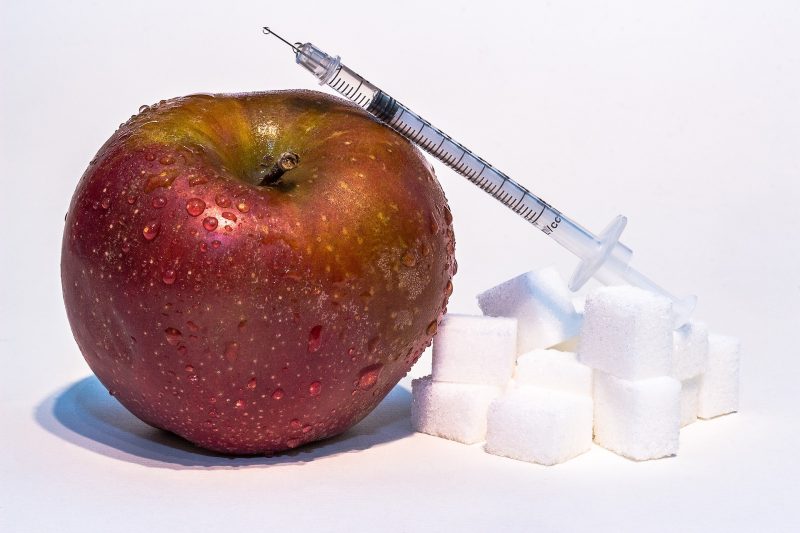What is Januvia?
Januvia (sitagliptin) is a medication intended to treat type 2 diabetes by lowering blood sugar levels in addition to exercise and dietary control. It is a highly effective and often prescribed medication, thankfully for those who are experiencing financial difficulties or are spread thin from requiring multiple medications, Januvia is available to qualified individuals under prescription assistance programs.
Blood sugar is often measured through an A1C blood test which can test for the average amount of sugar (glucose) in your bloodstream over the prior 2-3 months. The test is a good metric to determine over time how well your blood sugar is being controlled. It is also a good reference to see whether or not medications are having their intended effects.
According to the Januvia page, Januvia was studied for 24 weeks to determine the efficacy of the medicine when used as a supplement to metformin. It was found that those who used Januvia had an additional reduction in their A1C compared to those who were offered placebo. In essence, those who used Januvia had reduced their A1C to below 7% (which is the general level which the American Diabetes Association recommends)
A common concern many people have about Januvia and blood sugar medicines, in general, is the question if they can cause you to become hypoglycemic (low blood sugar). Januvia by itself is stated to be unlikely to cause hypoglycemia because the medication itself is less effective the lower your blood sugar is. However, since Januvia can be taken in conjunction with other diabetes medications, it is important to remember that it is not recommended to double up on medications that both work at reducing blood sugar levels. This is because the two medications together can increase the risk of getting hypoglycemia—the opposite but equally troublesome problem. The symptoms of low blood sugar are headache, drowsiness, weakness, dizziness, confusion, feeling moody or irritable, experiencing strong hunger pangs, faster heartbeat, sweating, and feeling jittery in general.
An Overview of Diabetes
An estimated total of 30.3 million people in the United States have diabetes—this accounts to about 9.4 percent of the total population. Of that total, about 7.2 percent, or 23.1 million people have been diagnosed with the condition. Around 7.2 million individuals are estimated to be diabetic and do not yet know it or have not received an official diagnosis but suffer from the often times debilitating effects that untreated diabetes can impose on the body. This is not just an individual health crisis, but interlinked with the obesity epidemic, it costs an estimated $327 billion as of 2017. That number is broken down by $237 billion in medical costs straight from diabetic care and management, and an algorithmically evaluated $90 billion cost in terms of reduced productivity in the workforce.
Diabetes occurs when your glucose levels in your blood—blood sugar, are too high. Elevated blood sugar levels can cause a myriad of health problems over time and as such, it’s incredibly important to control it as early as possible.
What is Type 1 Diabetes?

Diabetes occurs in two types. First, there is type 1 diabetes which is when your body simply does not produce enough insulin to meet demands—even if demand is reasonable. Insulin is a hormone that is created by the pancreas that lets your body utilize sugar (glucose) that you obtain from carbohydrates for energy.
While there has been a modern-day witch hunt over the consumption of carbohydrates and whether they are healthy—know this: carbohydrates (and glucose by extension) are incredibly important fuel sources in the body. While the body is certainly capable of gluconeogenesis, which is the conversion of non-carbohydrates such as proteins into usable glucose, it’s not an efficient way of doing things. The reason your body can do this is because glucose is incredibly important for many functions in the body—most importantly brain function.
Type 1 diabetes is much rarer than type 2 and is often developed and diagnosed at a much younger age. Scientists believe that the root cause of type 1 diabetes is an auto-immune issue where the immune system attacks the beta cells inside the pancreas which are responsible for producing insulin.
Risk factors include but are not limited to:
- Hereditary factors/diabetes runs in your family
- Certain medical conditions/illnesses that alter or affect the way insulin functions in the body
What is Type 2 Diabetes?

Type 2 diabetes is significantly more common than type 1. You could say that type 1 is a product of biological or physiological susceptibility to insulin-related issues. Type 1 diabetics simply do not produce enough insulin, therefore they must supplement with insulin. In type 2, however, it is typically lifestyle factors and nutrition that most commonly contribute to the necessary factors which cause type 2 diabetes. If type 1 diabetes is an insulin supply problem, type 2 is a problem with how effective the supply is. Type 2 diabetics are resistant to insulin which means that despite having enough to go around, it simply does not do what it’s supposed to do effectively enough.
While insulin resistance can come about due to age-related factors, it is almost always a problem of eating too many sugary foods and overloading on carbohydrates. While too much sugar is never good, carbs are another story. Eating carbohydrates that are rich in fiber can go a long way in ensuring that there are no spikes in your blood sugar. More importantly, carb intake should be relative to your activity levels. If you are sedentary most of the day, there is simply little reason to overconsume carbs.
These are the factors that lead to insulin resistance. Constantly provoking a strong insulin response when the body has little use for that energy. This is the primary reason why exercise is a huge help in reducing the risk of type 2 diabetes. Activities like walking, running, bicycling, and lifting weights all place an energy demand on your body, and so the body becomes more acclimated to using calories as fuel for movement rather than always being a storage mode. This is all, of course, a highly simplified way of looking at it, but the point remains the same. Exercise increases insulin sensitivity because exercise burns your body’s glycogen stores and since those need to be refilled, it means carbs and sugar are going to be used for that rather than floating around in your bloodstream in concentrated amounts.
How Does Januvia Work?
Januvia is meant to be taken once daily. Diet and exercise are key factors to supplement Januvia medication with as these are important actions that can aid in restoring insulin sensitivity in the body—and, of course, diet is a major factor in keeping blood sugar low. It is not intended for use in people who have type 1 diabetes as that requires insulin supplementation to keep in check.
When your body detects whether blood sugar is high or low, Januvia takes action. When your body senses blood sugar is high, Januvia will work to lower it. If blood sugar is getting lower, Januvia works less—according to the drug manufacturer.
It is typical for doctors to perform blood work before taking Januvia and blood work after having taken it for a designated amount of time. This is to ensure that your kidneys, as well as the medication, are working—and if so, how well they are working.
Januvia Prescription Assistance Programs
Are you looking for a discount on Januvia? There’s good news! The Rx Solution has made its name on helping uninsured and underinsured Americans get access to brand name prescription medications at a highly discounted and affordable price. Manufacturers offer something called a prescription assistance program for people who require financial help to afford these life-saving medications. However, the requirements for these medication discounts are not always clear—and many people often require more than one prescription medication—thus complicating the process of navigating the waters of prerequisites and requirements to qualify for these discounts.
Thankfully, Rx Solution has made the process much, much easier! Just submit a form on our contact page or give us a call at (888)-823-0042 and our highly qualified and knowledgable representatives will be able to guide you through the process and give you the best possible chance at obtaining these incredible savings and easing the financial and emotional burden of worrying about your prescription medication needs.

